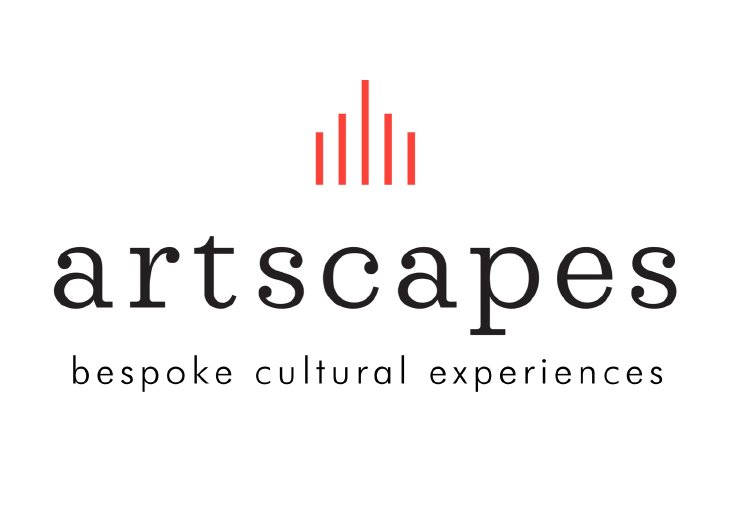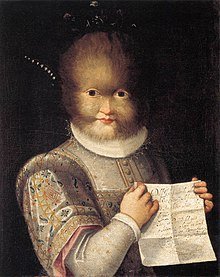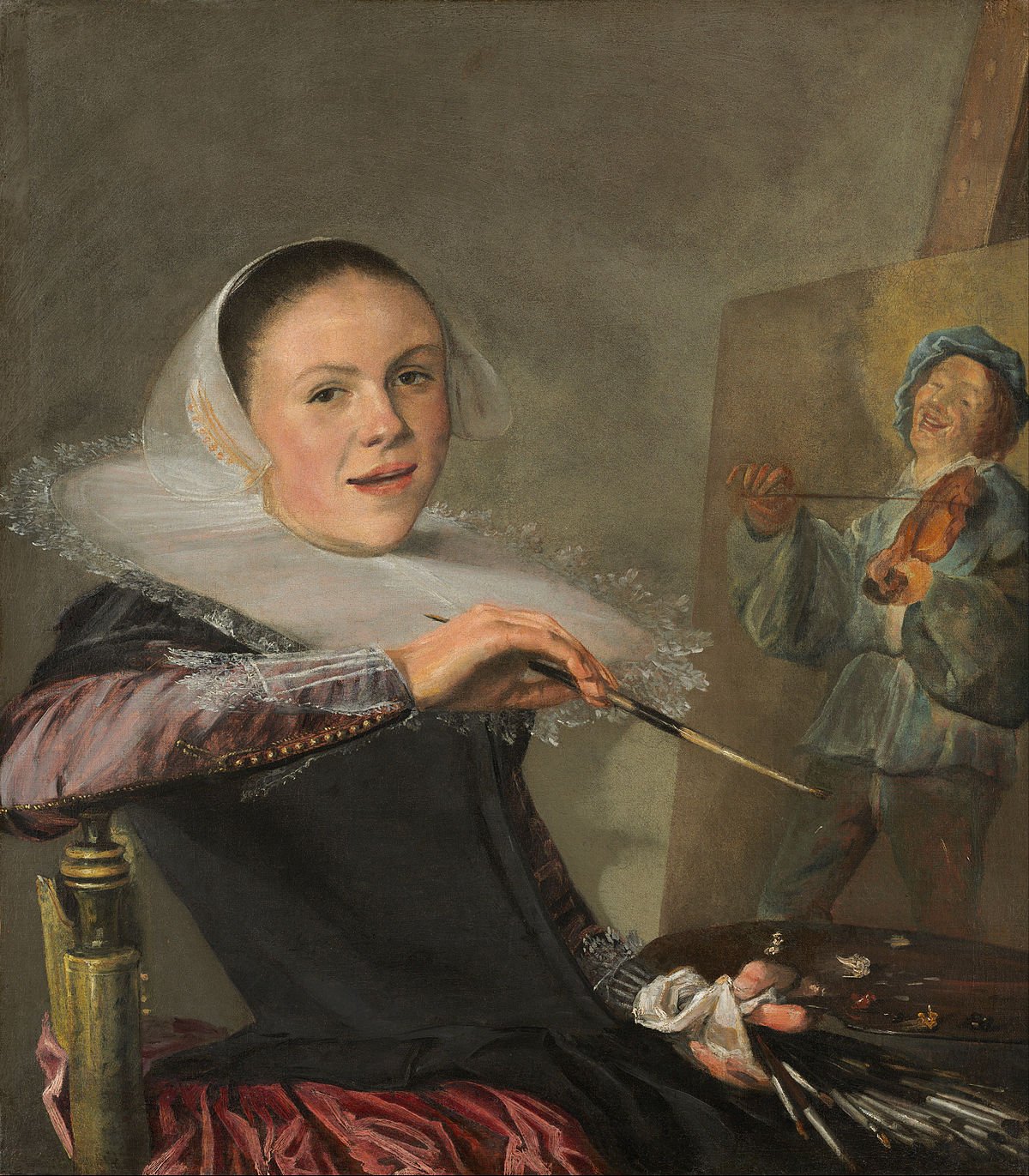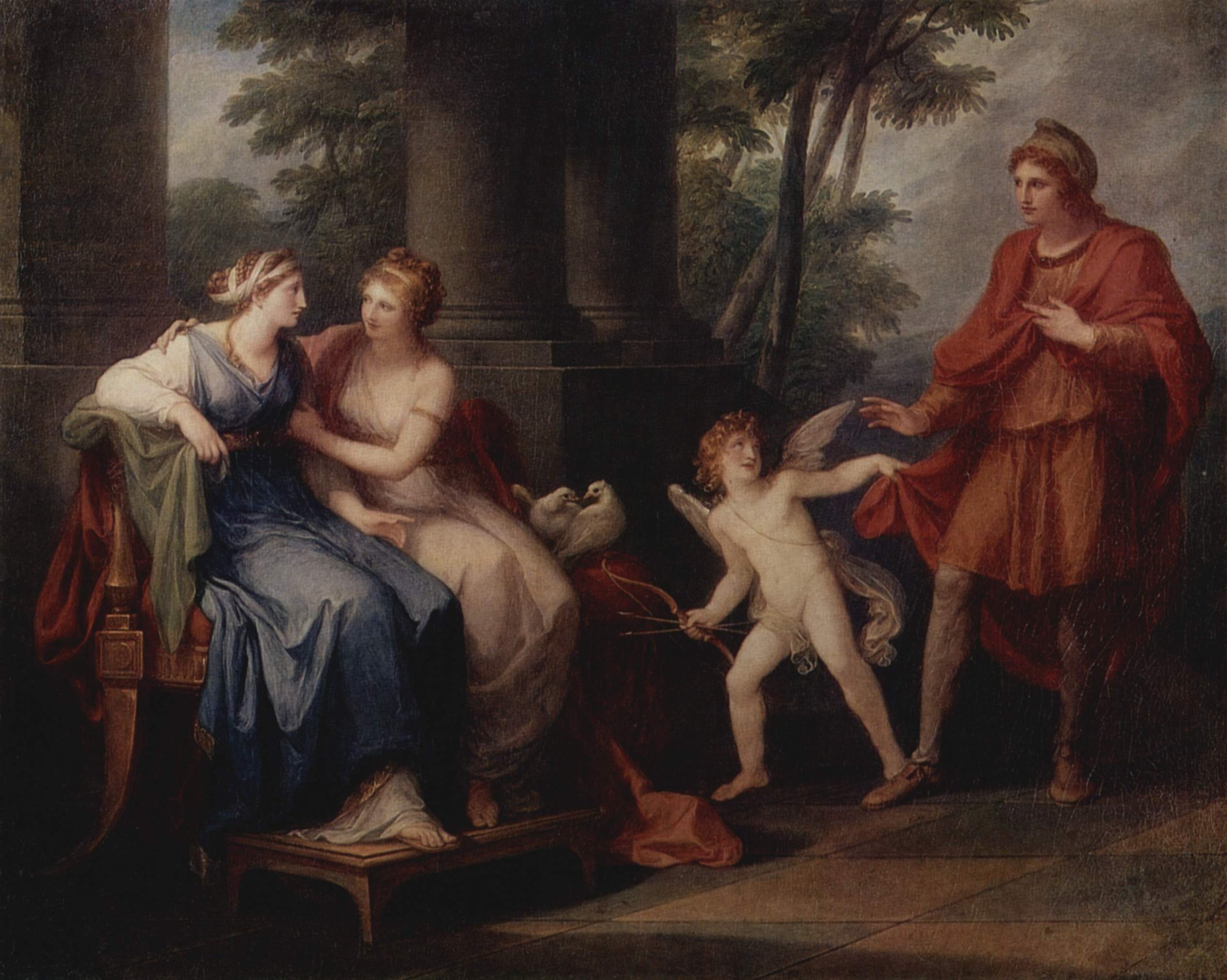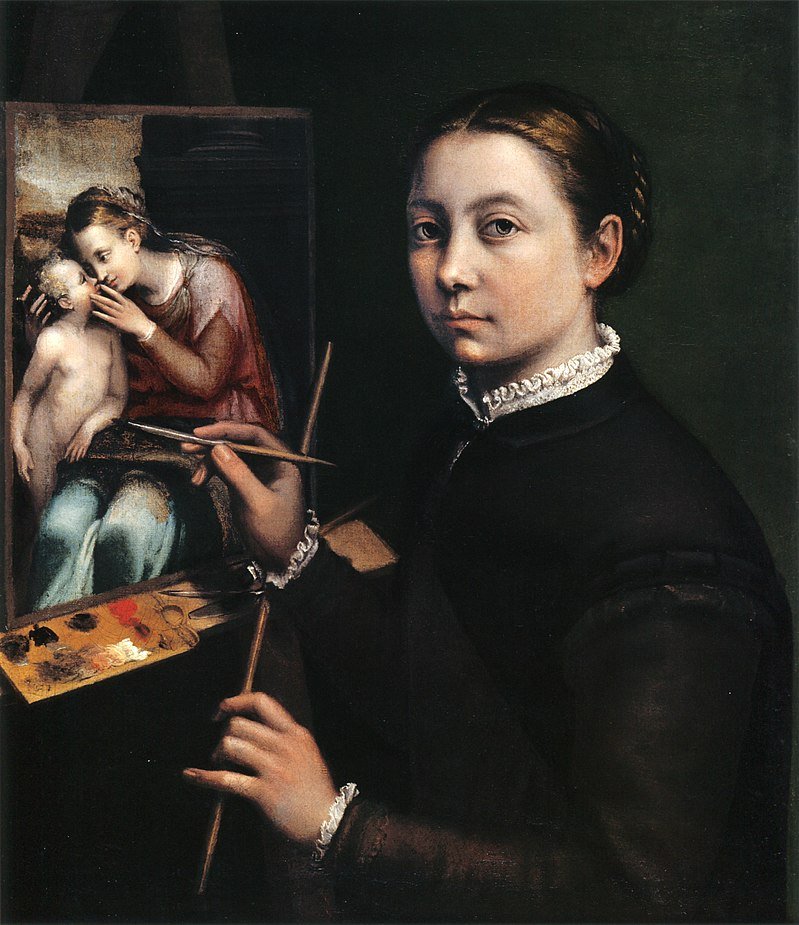
Old Mistresses: Women Artists from the 16th to 18th century
Old Mistresses: Women Artists from the 16th to 18th century
Released: Autumn 2022
6 part series
Women artists across Europe, throughout the centuries, have fought to be heard and seen. They have fought to show that they can sit alongside their male counterparts and achieve what they deserve to achieve. But a Renaissance is happening. Slowly, but firmly, we are re-engaging with the triumphant women artists of our past.
Join Rose Balston as she shines a light on European women artists from the 16th through to the 18th century. A time when women have not only been side-lined, but simply blocked out of art history. When there is only an “Old Master” and only a “Masterpiece”.
Sofonisba Anguissola, Lavinia Fontana, Elisabetta Sirani, Judith Leyster, Rachel Ruysch, Clara Peeters, Mary Beale, Rosalba Carriera and Angelica Kauffmann are our heroines. Throughout the series you will discover their remarkable achievements, their relentless determination, their powerful biographies, and above all their innovative and ground-breaking art.
Buy Individual Lectures from the Series:
-
We start this series with a bang, looking at the ground-breaking artist Sofonisba Anguissola. Painting her way out of domesticity, her artistic inventiveness and determination paved the way for future female artists. Her success story radiated throughout the courts of Europe. The King of Spain, one of the most culturally sophisticated patrons of the day, was a huge fan and ensured that Sofonisba worked within the Spanish Royal Court for most of her life. As privileges from patrons poured in, Sofonisba’s fame reached unprecedented levels.
In the 21st century we assume female artists were always undermined during their lifetime. Using Sofonisba as an example, this talk casts a light on how it was often ART HISTORY that eradicates the stories of female success, not their peers during their lifetime.
-
Bologna: a secret spot of astonishing Renaissance developments. A city that championed women from the start, that proudly used the successes of women as part of their cultural identity. Bologna: a city with the world’s first university, and a venerated female painter saint. A city where women could – and would – flourish. This was the place to be a woman artist in the 16th and 17th century and by looking at the stories of Propezia de Rossi, Lavinia Fontana and Elisabetta Sirani, we’ll see how they totally changed the story of woman artists in Europe.
-
The Dutch Golden Age is one of the most exciting periods of art history to study. Off the back of unprecedented growth and trade in the Netherlands, tastes in art thoroughly deviated from norms set in Italy. In this talk, we’ll showcase some of the greatest artists of the Dutch Golden Age…and they were all women. Women, who were often more successful to their male counterparts during their lifetime who, in the misogynistic tale of art history, have been side-lined from the story – sometimes through despicable means.
Clara Peeters, Judith Leyster, Rachel Ruysch and Maria Sybilla Merian. These women rocked the Dutch Golden Age, surfing on the wave or mercantile success, astonishing talent and relentless determination.
-
The year is 1660. Charles II has returned to the English throne, after 9 years in exile.
With the return of King Charles II, women were given space to pursue careers like never before. Tracking the story of Mary Beale, we’ll enter Restoration London to explore the world of female artists, actresses and playwrights.
At the centre of it all lies the talented Mary Beale. A 17th century powerhouse artist, mother, and businesswoman and breadwinner for her husband and children. With an utterly devoted and supportive husband, Beale set about documenting the great and the good of the Restoration world as well as growing a studio of assistants (many women), to totally change the shape of the story of British female artists.
-
Travelling from Venice to Paris, we will follow the trailblazing painter Rosalba Carriera. A canny businesswoman, Carriera realised the potential of pastel painting and was soon working for the aristocratic clientele of the Grand Tour world. The British, French and German travellers flocked to secure commissions, and visit her in her Venetian Palazzo overlooking the Grand Canal. In Paris she stunned the French establishment so much she was unanimously elected to the Royal Academy of painting. As a highly successful, unmarried woman of international fame, Rosalba Carriera was one of Europe’s great 18th century cultural celebrities.
-
Angelica Kauffman was one of the founding members of the Royal Academy of Arts in London. Alongside her friend Joshua Reynolds, Kauffman forged a highly successful career and achieved international renown – not only as a sought-after portrait painter but also as a committed history painter.
Why then, did fellow Royal Academician Johan Zoffany, remove Kauffman from his famous painting the “Academicians of the Royal Academy”, three years after foundation of the institution? Instead, she and her fellow female academician Mary Moser, are depicted as busts, shown in the background. Objects of male contemplation. Demoted so drastically that the short flame of hope at their election was lmost immediately snuffed out.
In this concluding talk we’ll spotlight Angelica’s incredibly successful career. But also – importantly - look again to the wrongs of art history.
